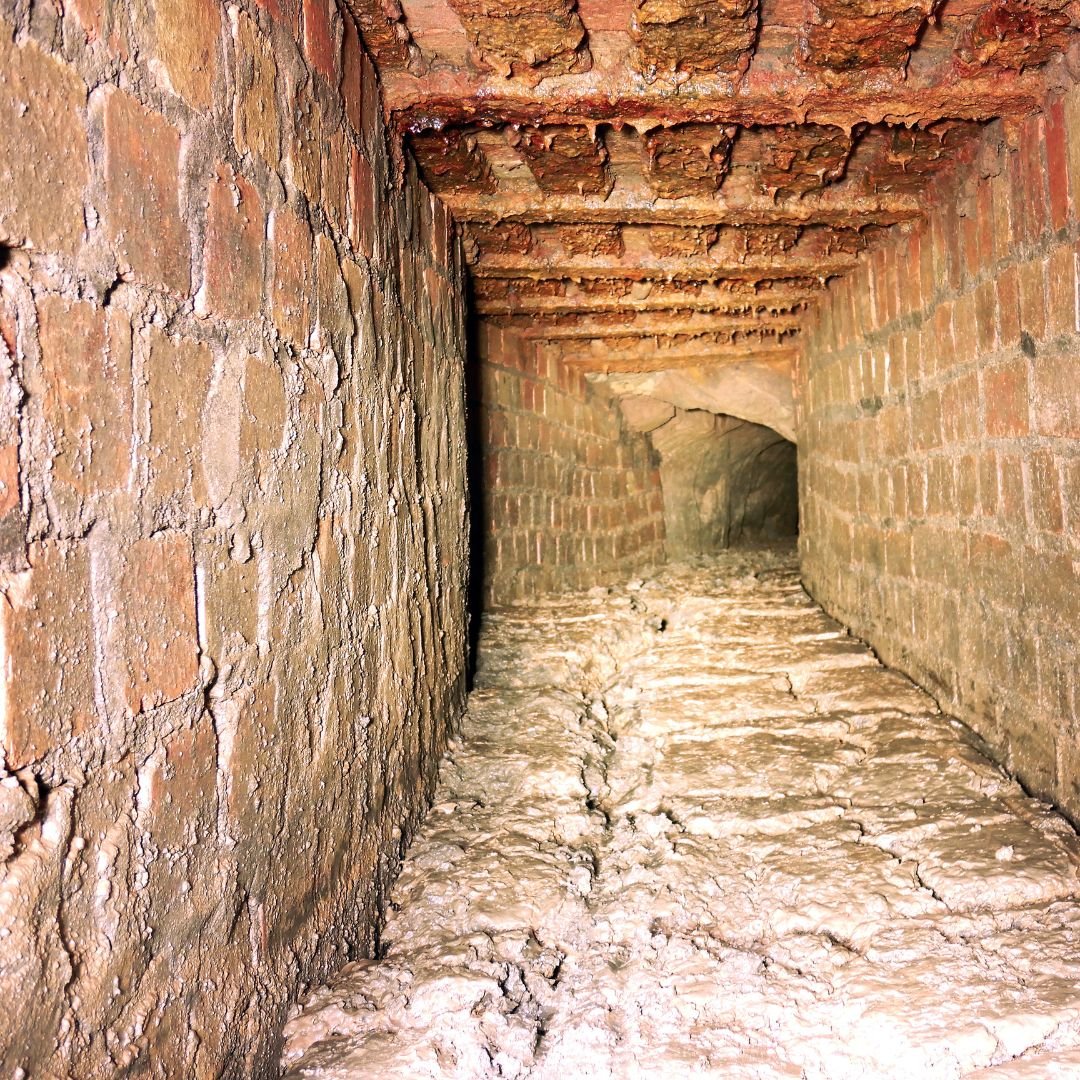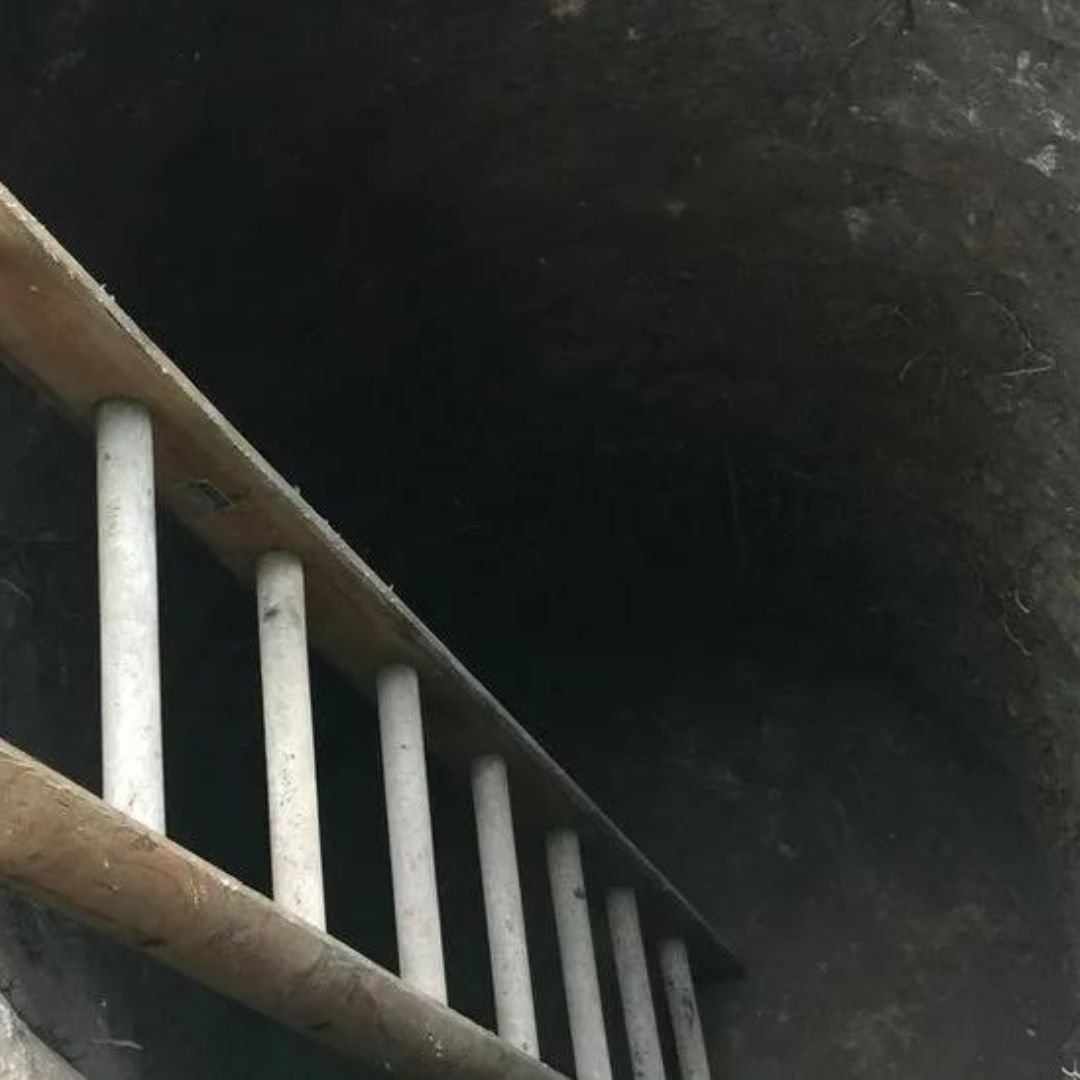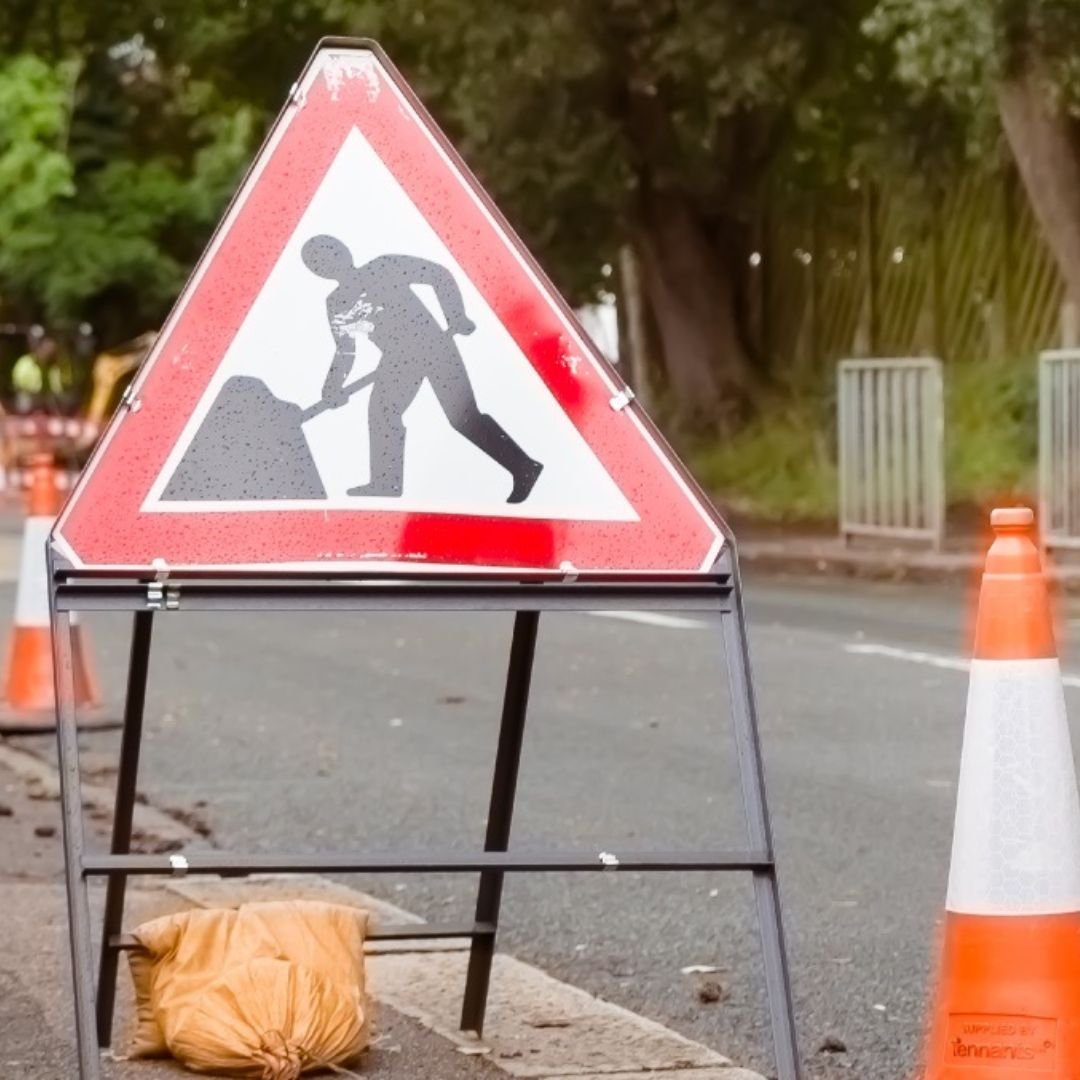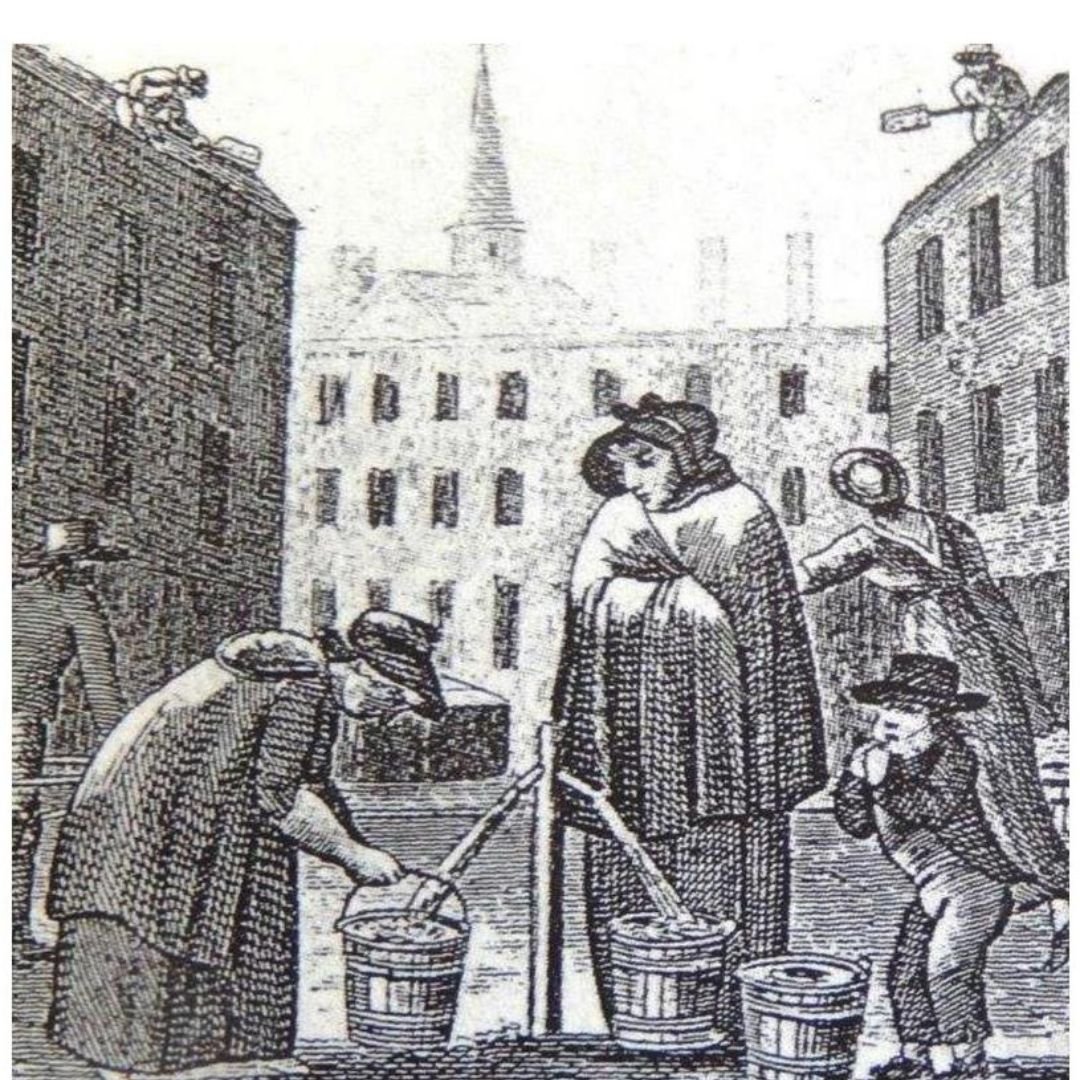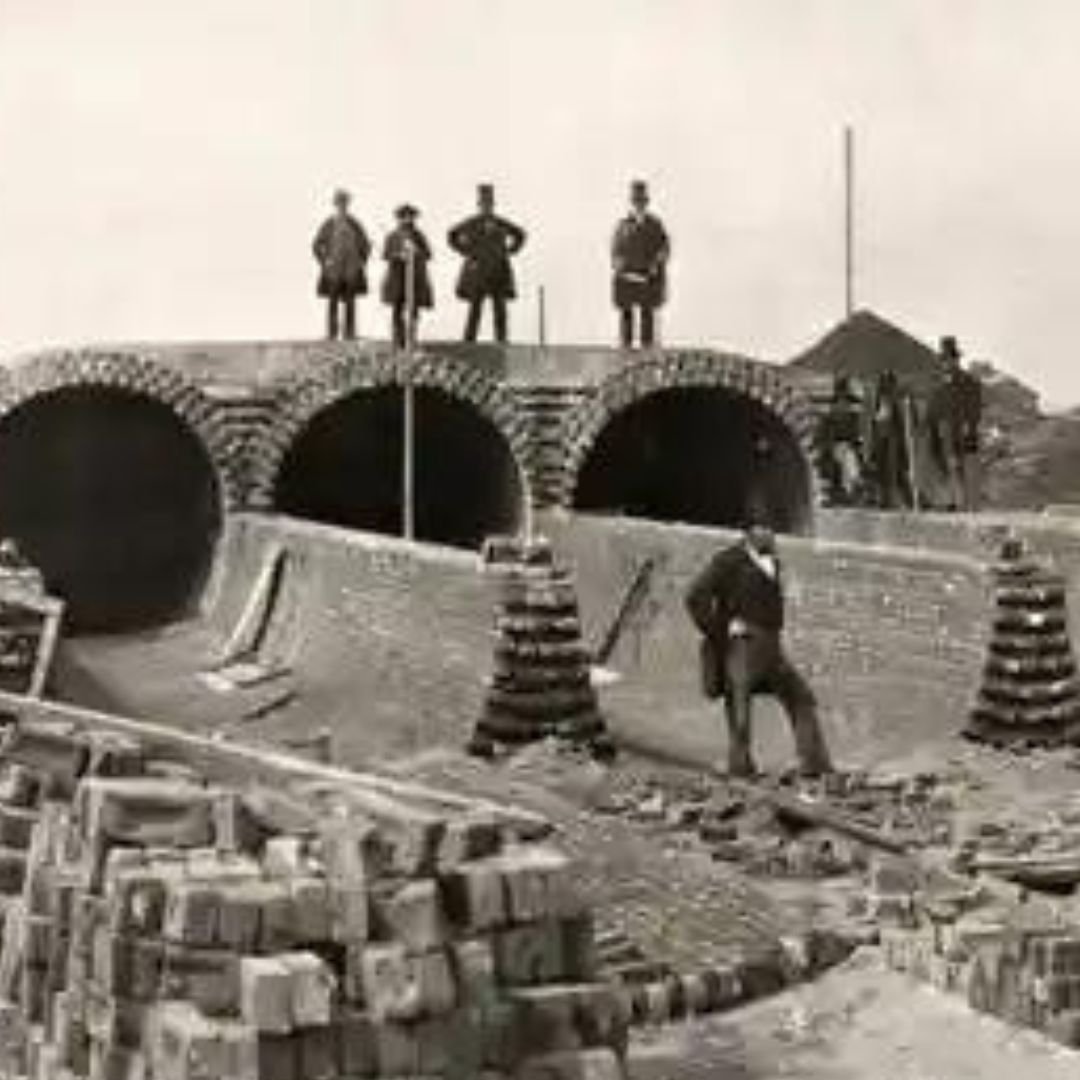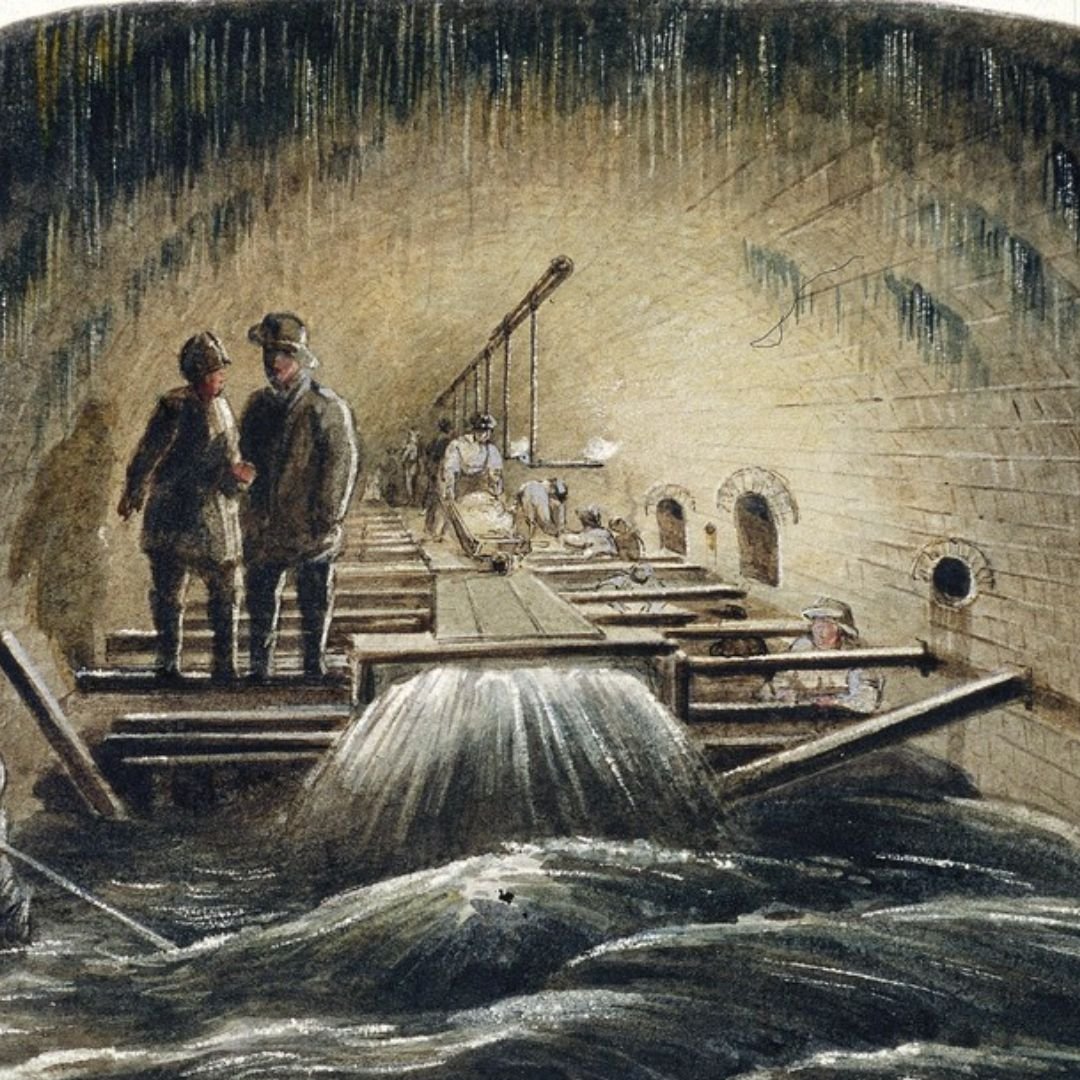"Astonishing" Underground Tunnel Found In Shropshire
An underground tunnel was discovered after part of a road collapsed in Shropshire.
The tunnel, which could date back to the 1820s, stretches 1.5 miles and was once used to supply water for farming.
The tunnel was remarkably discovered by chance in 2018.
Due to the collapse of the carriageway at the Greenvale junction, engineers from Telford & Wrekin Council carried out investigations to repair the road.
During the works, a structure was uncovered under the road, which sits on top of an old brick built culvert which in turn connects to a sandstone tunnel.
The brick built section is believed to be a later repair to the original sandstone tunnel.
According to Telford & Rekin Council, the tunnel is believed to have been commissioned by the Duke of Sutherland in either the 1820s or 1830s.
It is thought to have been used to supply water to Longford Pools for use in large scale farming activities as a direct result of the draining of Kynnersley marshes.
It was supplied by the Boundary Brook and ran roughly north east towards Church Aston.
It ran beneath the village along the road known as Dark Lane before making a 90 degree turn west across the fields to the pools.
However, local historian David Adams has said it was more likely to have been built by another wealthy family to supply water to an ornamental pool.
The total distance of the culvert is an estimated to be in excess of 1.5 miles.
There is a large gas main in the vicinity and the ground is comprised of sandstone bedrock, meaning that specialist equipment were used to carefully excavate the collapsed area of sandstone.
Once a suitable cut was made, concrete sections were lifted in to reform the culvert.
Victorian England water supply
During the Victorian era (1837-1901), improvements in water supply and sanitation became critical in addressing public health concerns in England.
Before this period, many cities faced challenges related to inadequate water supply and unsanitary living conditions, leading to the spread of waterborne diseases.
In Victorian England, several initiatives were undertaken to improve the underground water supply systems, including:
Water Companies: Private water companies were established to provide water to urban areas.
These companies sourced water from rivers, wells, and other local water bodies.
However, the quality of water supplied by some of these companies was often questionable, leading to health issues.
Wells were a common source of water in both rural and urban areas.
Many households had their own wells, drawing water from underground aquifers.
However, the reliability and safety of well water varied depending on the location and depth of the well.
Aqueducts and Reservoirs: In some areas, Victorian engineers constructed aqueducts to transport water from distant sources to urban centers. Reservoirs were built to store water for distribution.
Notable examples include the London water supply system, where engineers like Joseph Bazalgette played a crucial role in improving water infrastructure.
Sewage Systems: Alongside efforts to improve water supply, there were also significant developments in sewage systems.
Proper disposal of sewage helped reduce water contamination and the spread of diseases like cholera.
It's important to note that while there were improvements, challenges persisted, and access to clean water varied widely across different social classes and geographic locations.
The understanding of waterborne diseases and the importance of sanitation increased during the Victorian era, laying the groundwork for further advancements in public health and urban planning in the years to come.
If you enjoyed this blog post, please follow Exploring GB on Facebook for daily travel content and inspiration.
Don’t forget to check out our latest blog posts below!
Thank you for visiting Exploring GB.

